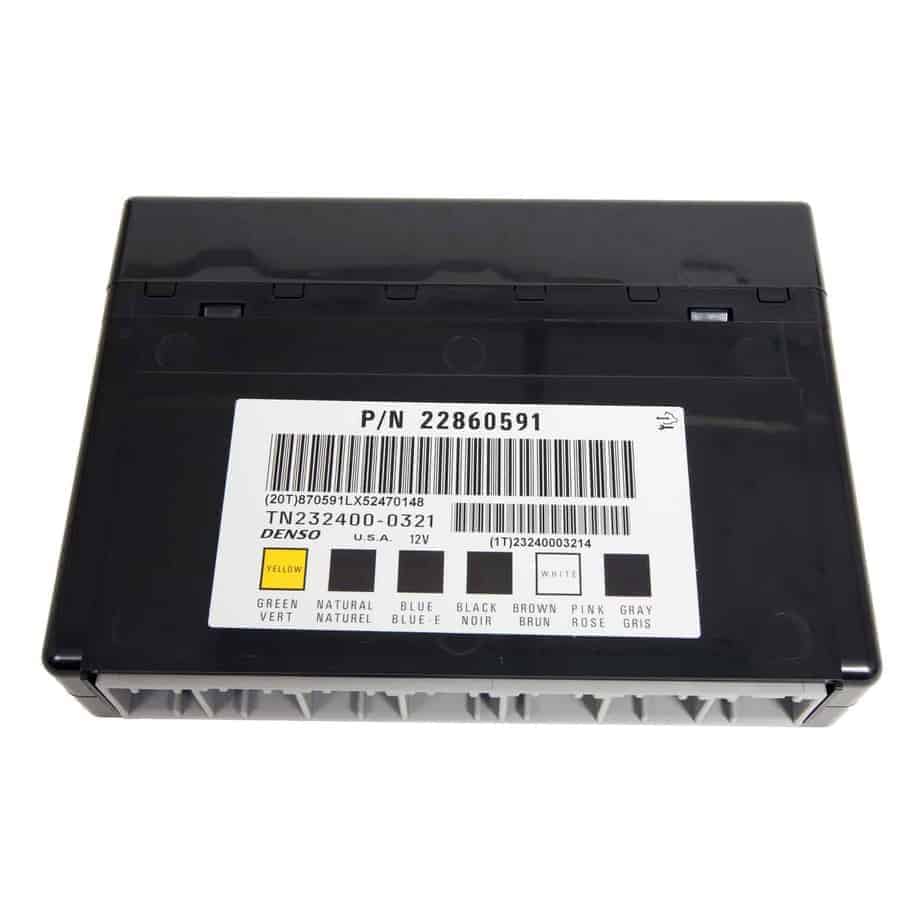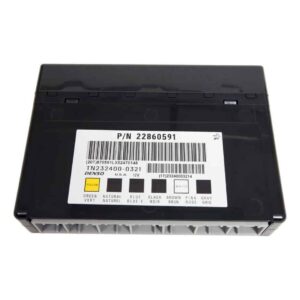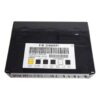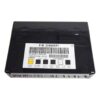Tired of Chasing Electrical Gremlins in Your GM Vehicle?
As a technician with over two decades of experience, I’ve seen it all when it comes to baffling electrical issues. Your power windows have a mind of their own, the dash lights flicker like a disco, or the security system prevents you from starting your own car. These aren’t just annoyances; they’re classic symptoms of a failing Body Control Module (BCM). The BCM is the central hub for your vehicle’s comfort and convenience features, and when it goes, it can create a cascade of frustrating problems. This isn’t a part you can ignore—it’s essential to restoring your vehicle’s proper function and your peace of mind.
This isn’t just a replacement part; it’s a complete solution. We take the biggest headache out of the repair process: programming. Simply provide your vehicle’s VIN at checkout, and our experts will flash this GM Body Control Module with the latest, most stable software direct from GM. It arrives at your door ready to install, saving you a costly trip to the dealership and hours of diagnostic frustration. You get a reliable part that communicates flawlessly with your vehicle’s other systems, right out of the box.
A Technician’s Notebook: The Case of the Haunted Impala
I remember a 2008 Chevy Impala that came into the shop with a list of complaints that sounded like something from a ghost story. The radio would switch stations randomly, the interior lights wouldn’t turn off, and the remote keyless entry worked only when it felt like it. The owner had already replaced the battery and checked all the fuses. After connecting my scan tool, I found a slew of U-codes, specifically U0140 – Lost Communication With Body Control Module. This pointed directly to a BCM failure. Instead of a complex wiring repair, the fix was a new, properly programmed GM Body Control Module. Once installed, every single phantom issue vanished. It’s a textbook example of how a single failing module can wreak havoc on a vehicle’s entire electronic ecosystem.
Common Signs of a Failing BCM
If your vehicle is experiencing any of the following, a faulty BCM is the likely culprit. A professional diagnosis is always recommended, but these are strong indicators.
- ✔ Erratic or non-functional power windows, door locks, and mirrors.
- ✔ Horn honking unexpectedly or not working at all.
- ✔ ‘Service Theft System’ or ‘Security’ light illuminated on the dash.
- ✔ Inconsistent or flickering interior and exterior lights.
- ✔ Remote keyless entry failing to work properly.
- ✔ Diagnostic trouble codes (DTCs) such as U0140, B1000, or B1001.
Your Straightforward BCM Installation Guide
Installing your new BCM is a manageable job for a confident DIYer. While the exact location varies (check your vehicle’s fitment details below), the general process is similar.
- Safety First: Always disconnect the negative terminal from your vehicle’s battery and wait at least 15 minutes to allow all systems to power down completely.
- Locate the BCM: On most of these GM models, you’ll find the BCM located in the dash area—often on the left side near the steering column or in the center console area. A quick search for your specific model’s BCM location will be helpful.
- Disconnect and Remove: Carefully unplug the electrical connectors. Most have a locking tab that needs to be depressed or lifted. Once disconnected, unbolt or unclip the old module from its mounting bracket.
- Install the New Module: Mount your new, pre-programmed BCM in the exact same position. Securely reconnect all electrical connectors, ensuring they click into place.
- Reconnect and Test: Reconnect the negative battery terminal. Turn the key to the ‘On’ position (without starting the engine) and test your electronics—windows, locks, lights, etc. Then, start the vehicle and check for any warning lights.
Post-Installation Checks
Because this GM Body Control Module is pre-programmed, most functions should work immediately. However, in some vehicles, certain security or safety systems may require a ‘handshake’ with the new module. This may require a professional scan tool to complete a relearn procedure for systems like the airbag (SDM) or the brake pedal position sensor. This is normal and ensures all safety systems are perfectly calibrated.
Verified Vehicle Compatibility
This module is a direct replacement for a wide range of General Motors vehicles. Please verify your vehicle and options below. This part is compatible with numerous original part numbers, including: 10382479, 15093910, 15276271, 15299986, 15819552, 20815898, 22860591, 25892622, and many more.
Cadillac: CTS (08-13), DTS (06-11), Escalade / ESV / EXT (10), SRX (07-09), STS (10)
Chevrolet: Avalanche 1500 (10), Caprice (11-13), Captiva Sport (12), Equinox (07-09), Express Vans (08-12), Impala (06-13), Monte Carlo (06-07), Suburban 1500 (10), Tahoe (10), Traverse (09-12)
GMC: Acadia (07-12), Savana Vans (08-12), Yukon / Yukon XL 1500 (10)
Hummer: H2 (08-09)
Pontiac: G8 (08-09), Torrent (07-09)
Saturn: Outlook (07-10), Vue (08-10)
Note: Some models require matching specific ID numbers. Please check the original part or consult your mechanic.
Frequently Asked Questions
Do I need to get this BCM programmed by a dealer?
No. We handle the programming for you before we ship. Just provide your vehicle’s VIN during checkout, and it will arrive ready to install, saving you time and money.
What does a Body Control Module do?
The BCM acts as the central computer for your vehicle’s body electronics. It controls functions like power windows, door locks, interior/exterior lighting, the security system, and the wipers, among other things.
Is there a core charge for this part?
No, there is no core charge. You can keep your old module without any extra fees or the hassle of sending it back.
What if the airbag light is on after installation?
This can happen occasionally. It means the new BCM needs to be electronically introduced to the airbag system’s computer (SDM). A technician with a professional scan tool can perform the ‘Setup SDM Primary Key in BCM’ procedure to sync the systems and clear the light.
Will this fix my ‘Service Theft System’ message?
In many cases, yes. A failing BCM is a very common cause of issues with the vehicle’s anti-theft and security systems. Replacing it with a properly programmed module often resolves these warnings.



